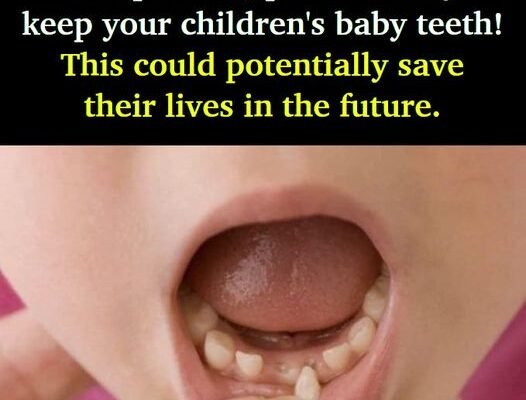Cryopreservation of stem cells may sound like science fiction, but I assure you, it is not. According to scientists, baby teeth have stem cells that help regenerate various parts of the body, so one day, these tiny teeth could save lives. Some parents have taken this to heart and have started storing their children’s teeth for the future. This is called tooth banking.
What Are Stem Cells?

Stem cells are the cells that every organ and tissue in our body begins growing from. They are different because of their ability to regenerate, divide, and repair the human body. There are two main sources of stem cells (1):
- Embryos: Formed during the blastocyst phase of embryological development, also known as embryonic stem cells.
- Adult tissue, aka adult stem cells
Both are characterized by their potency and potential to turn into other types of cells like muscle or bone. The stem cells found in baby teeth are known as SHED cells and have slightly different properties than the other kinds. “The SHED cells seem to make not only dentin but also something that is similar to bone,” says Dr. Pamela Robey, chief of the branch of the craniofacial and skeletal disease of the National Institute of Dental and Craniofacial Research. (2)
Read More: Kanye West Has $850,000 ‘Titanium Teeth,’ and They’re Permanent
Biological insurance

Baby teeth are a source of stem cells like bone marrow and can be saved as a form of biological insurance. That said, scientists, doctors, and dentists are still divided as to whether or not it is worth doing right now.
“Right now, I don’t think it is a logical thing to do. That’s my personal opinion,” says Dr. Robey. “That’s not to say that in the future, somebody could come up with a method that would make them very beneficial,” (3)
Potential applications of stem cells include (2, 3):
- Regeneration of dental pulp
- Whole tooth regeneration
- Repair damaged cells from chemotherapy or disease
- Treat blood-related diseases such as leukemia, lymphoma, neuroblastoma, and multiple myeloma
Stem cells from baby teeth have yet to actually be tested out on the last two items on that list, however, that’s not to say that in the future they could be. (4)
Baby Teeth Cryopreservation aka ‘Tooth Banking’

Though the research still has a long way to go, dentists and stem cell researchers have teamed up to create stem cell banks for teeth. Examples of these include Store-A-Tooth and ToothBank. You ship the teeth to their lab, where they extract the stem cells. Next, they store them in a culture where the cells can grow. Then those cells are taken and put into cryopreservation. (4)
If you’re interested in storing your children’s teeth, get ready for some serious sticker shock: Store-A-Tooth requires a $1,747 upfront fee and then an additional $120 yearly fee. Scientists have no way of predicting when the research and technology to actually use those stem cells will be ready. This means you could spend a lot of money on something that you will never get to benefit from. (4)
Further Stem Cell Research Needed

Some encouraging processes have been made, including a 2018 trial conducted by the Univerity of Pennsylvania. The trial demonstrated that dental tissue can be generated using stem cells from baby teeth (5,6). However, most experts agree it’s still far too early to consider dental pulp stem cells as a source of cells for replacing or regenerating tissue. But the potential is there because scientists already know that dental pulp can make bone. As more research is done, we might be getting closer to the real potential of this young technology.


